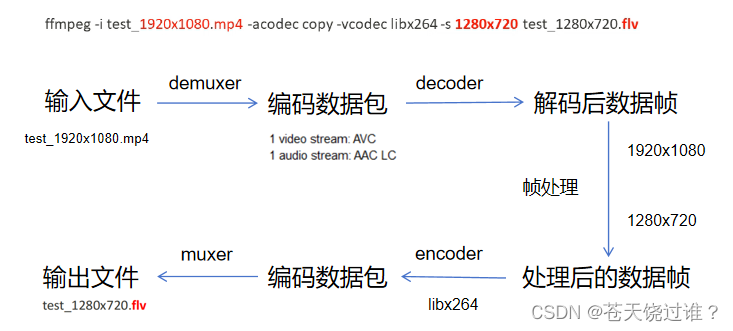分类目录:《深入浅出Pytorch函数》总目录
相关文章:
· 深入浅出Pytorch函数——torch.nn.init.calculate_gain
· 深入浅出Pytorch函数——torch.nn.init.uniform_
· 深入浅出Pytorch函数——torch.nn.init.normal_
· 深入浅出Pytorch函数——torch.nn.init.constant_
· 深入浅出Pytorch函数——torch.nn.init.ones_
· 深入浅出Pytorch函数——torch.nn.init.zeros_
· 深入浅出Pytorch函数——torch.nn.init.eye_
· 深入浅出Pytorch函数——torch.nn.init.dirac_
· 深入浅出Pytorch函数——torch.nn.init.xavier_uniform_
· 深入浅出Pytorch函数——torch.nn.init.xavier_normal_
· 深入浅出Pytorch函数——torch.nn.init.kaiming_uniform_
· 深入浅出Pytorch函数——torch.nn.init.kaiming_normal_
· 深入浅出Pytorch函数——torch.nn.init.trunc_normal_
· 深入浅出Pytorch函数——torch.nn.init.orthogonal_
· 深入浅出Pytorch函数——torch.nn.init.sparse_
torch.nn.init模块中的所有函数都用于初始化神经网络参数,因此它们都在torc.no_grad()模式下运行,autograd不会将其考虑在内。
该函数用 Dirac δ \text{Dirac}\delta Diracδ 函数来填充3-5维输入张量或变量,在卷积层尽可能多的保存输入通道特征。
语法
torch.nn.init.dirac_(tensor, groups=1)
参数
tensor:[Tensor] 一个3~5维张量torch.Tensorgroups:[int]conv层中的组数,默认值为1
返回值
一个torch.Tensor且参数tensor也会更新
实例
w = torch.empty(3, 16, 5, 5)
nn.init.dirac_(w)
w = torch.empty(3, 24, 5, 5)
nn.init.dirac_(w, 3)
函数实现
def dirac_(tensor, groups=1):r"""Fills the {3, 4, 5}-dimensional input `Tensor` with the Diracdelta function. Preserves the identity of the inputs in `Convolutional`layers, where as many input channels are preserved as possible. In caseof groups>1, each group of channels preserves identityArgs:tensor: a {3, 4, 5}-dimensional `torch.Tensor`groups (int, optional): number of groups in the conv layer (default: 1)Examples:>>> w = torch.empty(3, 16, 5, 5)>>> nn.init.dirac_(w)>>> w = torch.empty(3, 24, 5, 5)>>> nn.init.dirac_(w, 3)"""dimensions = tensor.ndimension()if dimensions not in [3, 4, 5]:raise ValueError("Only tensors with 3, 4, or 5 dimensions are supported")sizes = tensor.size()if sizes[0] % groups != 0:raise ValueError('dim 0 must be divisible by groups')out_chans_per_grp = sizes[0] // groupsmin_dim = min(out_chans_per_grp, sizes[1])with torch.no_grad():tensor.zero_()for g in range(groups):for d in range(min_dim):if dimensions == 3: # Temporal convolutiontensor[g * out_chans_per_grp + d, d, tensor.size(2) // 2] = 1elif dimensions == 4: # Spatial convolutiontensor[g * out_chans_per_grp + d, d, tensor.size(2) // 2,tensor.size(3) // 2] = 1else: # Volumetric convolutiontensor[g * out_chans_per_grp + d, d, tensor.size(2) // 2,tensor.size(3) // 2, tensor.size(4) // 2] = 1return tensor






